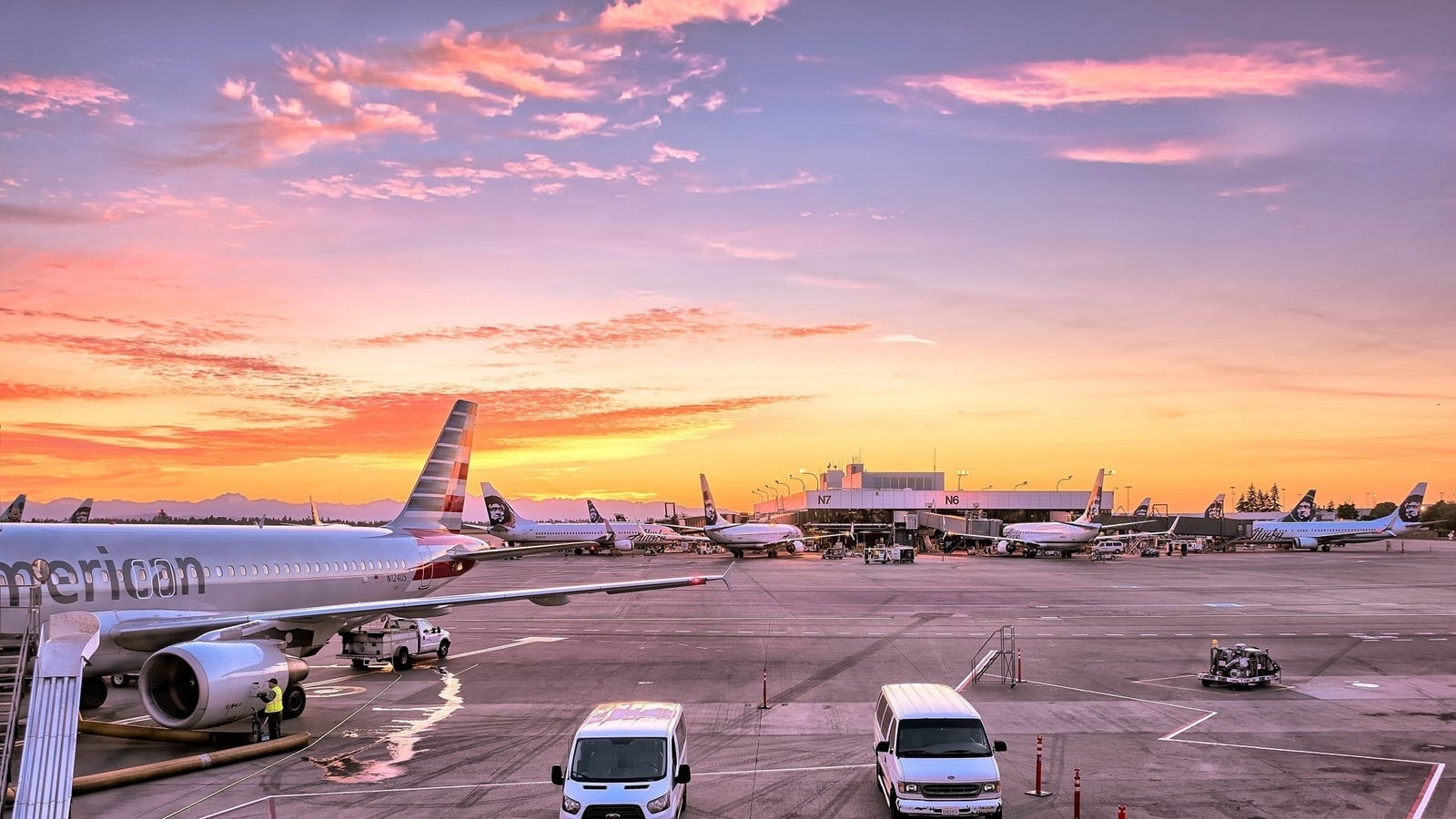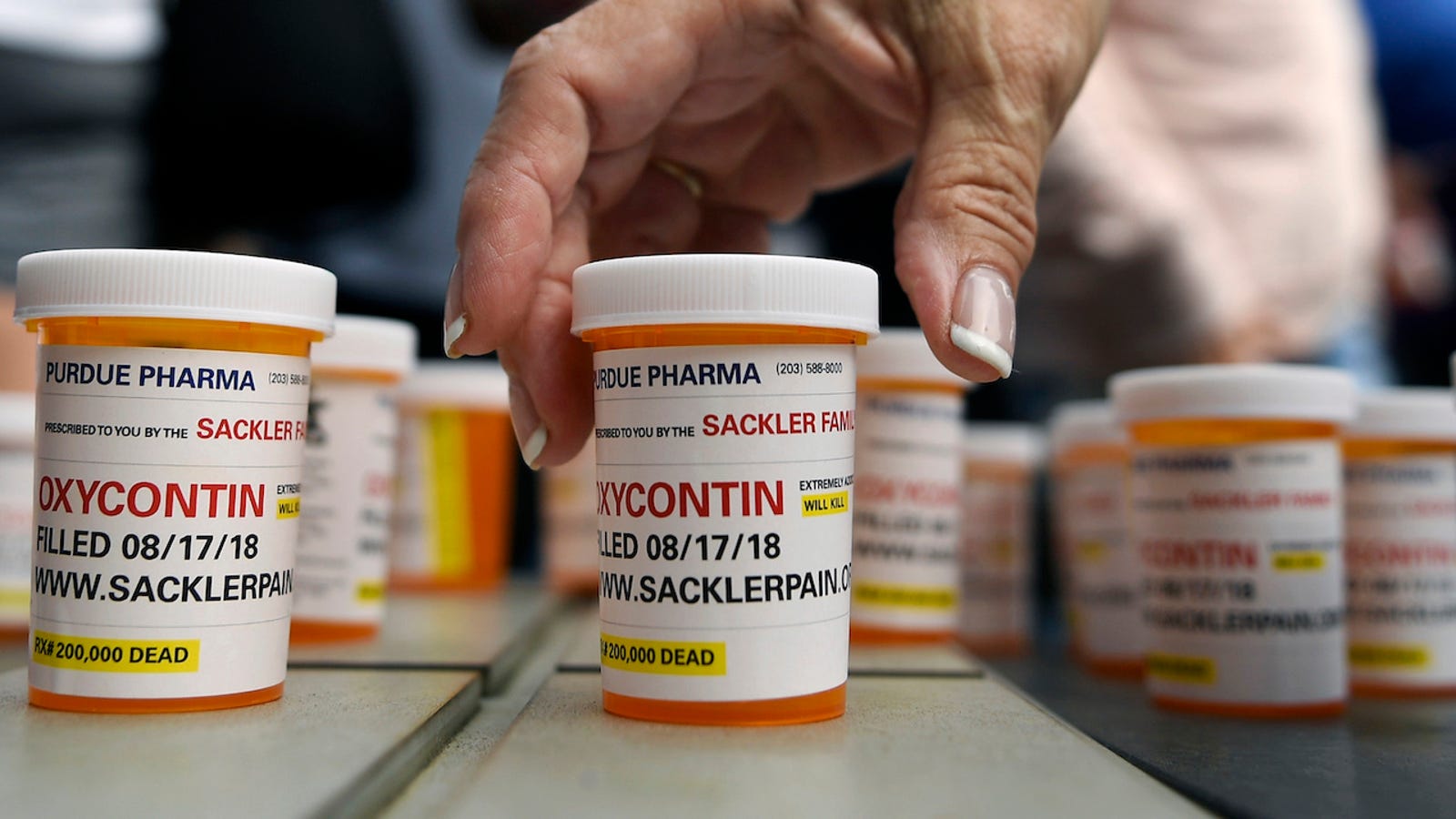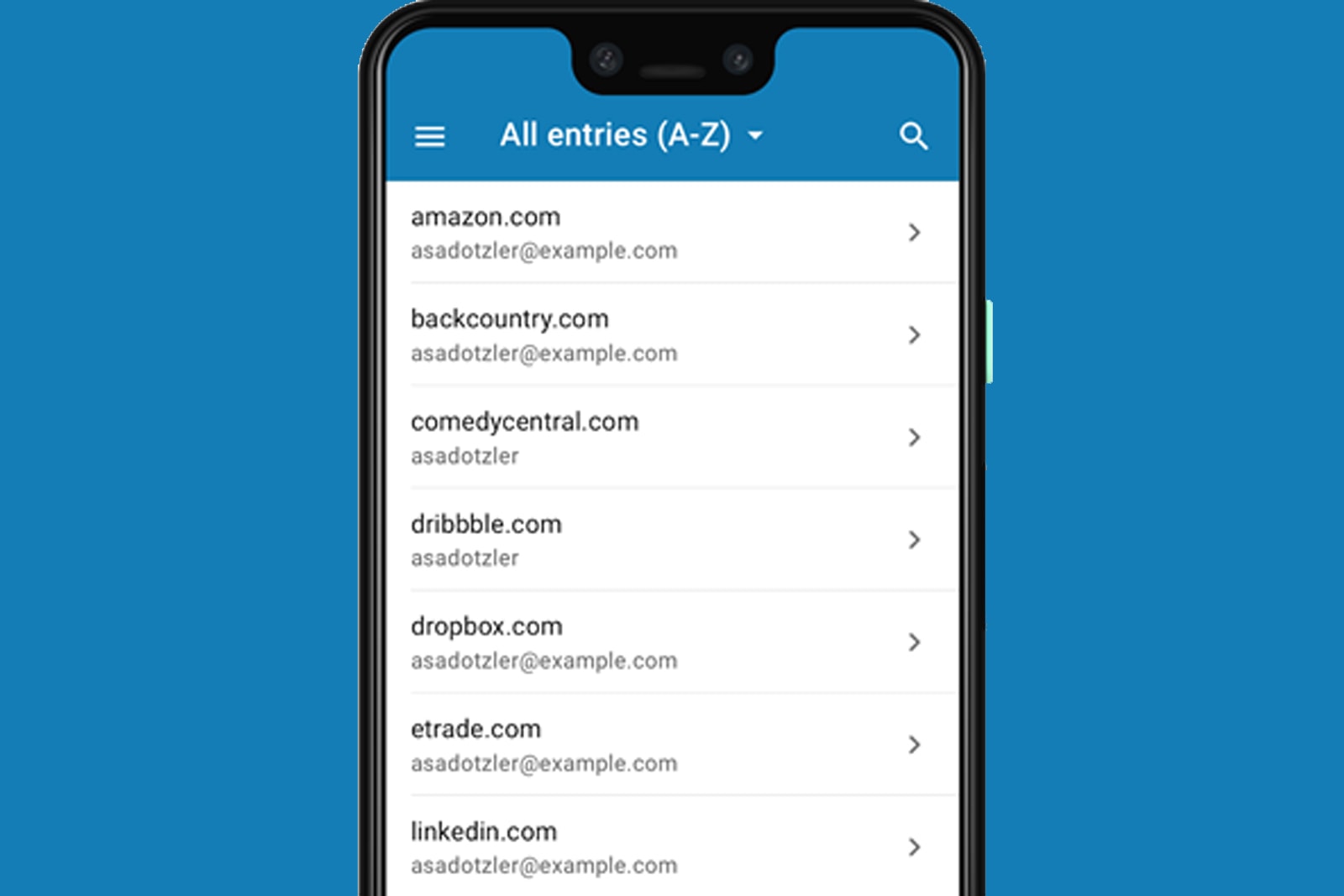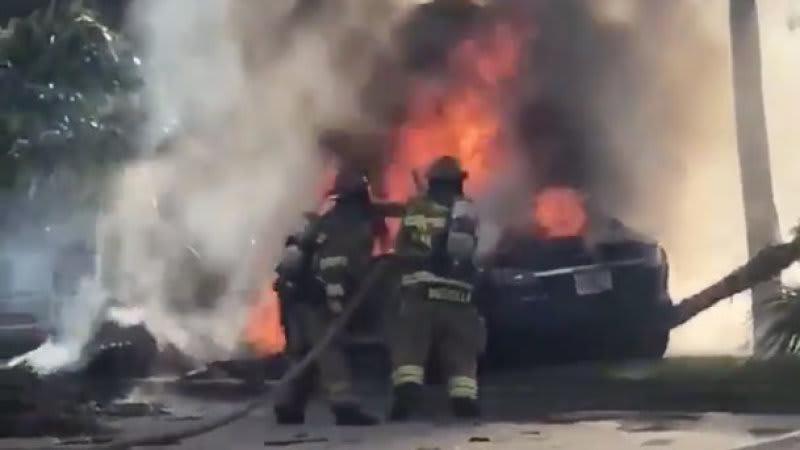https://lifehacker.com/the-best-time-to-buy-flights-in-2019-based-on-917-mill-1833514909

When you’re planning vacation one of the biggest factors to consider, or at least the priciest, is airfare. When you buy your plane ticket can often have as much impact on its price as where you’re traveling to.
This week CheapAir released its recommendations for the best time to purchase flights in 2019 based on its annual airfare study. The study analyzes 917 million airfares in more than 8,000 different markets to determine the “best” day to purchase that plane ticket as well as a “Prime Booking Window” with a range of dates you’re likely to find the best price.
This year, the site says that in general the best time to purchase a plane ticket is 76 days before your travel date, six days sooner than it recommended in 2018.
It also narrowed things down into six different booking zones explaining what airfare prices traditionally look like from 11 months out (when flights typically initially become available) to a few minutes before your flight. Here’s its recommendations based on season:
When to Buy Winter Flights
If you can avoid Christmas week and ski destinations, most winter destinations offer good value for the money.
- The average best time to buy is 94 days from travel (just over 3 months)The prime booking window is 74 to 116 days (about 2.5 months to nearly 4 months)The average domestic fare for winter travel is $433, by far the most expensive time of the year for air travelThe difference between the best and worst priced days is $168, which is quite a bit lower than in other seasons. There is much less volatility in airfare pricing all season.
When to Buy Spring Flights
Plan ahead for spring flights. There are no major travel holidays in the spring, but both families and college students enjoy spring break for much of March and April. Take advantage of lower mid-week prices to help keep costs down.
- The average best time to buy is 84 days from travel, or nearly 3 monthsThe prime booking window is 47 to 119 days (about 1.5 months to just under 4 months)The average domestic fare for spring travel is $354The difference between the best and worst priced days is $285
When to Buy Summer Flights
Americans travel a ton in the summer, and the peak summer dates of June 15 – August 15 are when the bulk of travel happens. You can find the best deals the closer you get to the end of the season (late August and September will give you the best odds to score low airfare.
- The average best time to buy is 99 days out from travelThe prime booking window is 21 to 150 days (about 3 weeks to 5 months)The average domestic fare for peak summer travel is $365The difference between the best and worst priced days is $260Late summer and early fall is shoulder season, and as such, offers great deals (Labor Day weekend notwithstanding). Flying the second half of August on into September is the sweet spot for these deals.
When to Buy Fall Flights
Overall, fall offers great value for budget travelers. Fall is shoulder season for a lot of destinations, and people simply do not travel as much. Of course, the one exception to this rule is Thanksgiving week. Traveling during Thanksgiving? Better buy on the early side.
- The average best time to buy is 69 days from travelThe prime booking window is 20 to 109 days (about 3 weeks to 3.5 months)The average domestic fare for fall travel is $342, which makes it the best season to find travel bargainsThe difference between the best and worst priced days is $280
Like all things, your mileage may vary depending on where you’re traveling to and from, but this can offer a pretty solid place to start from when you’re thinking about booking tickets.
via Lifehacker https://lifehacker.com
March 23, 2019 at 11:11AM



